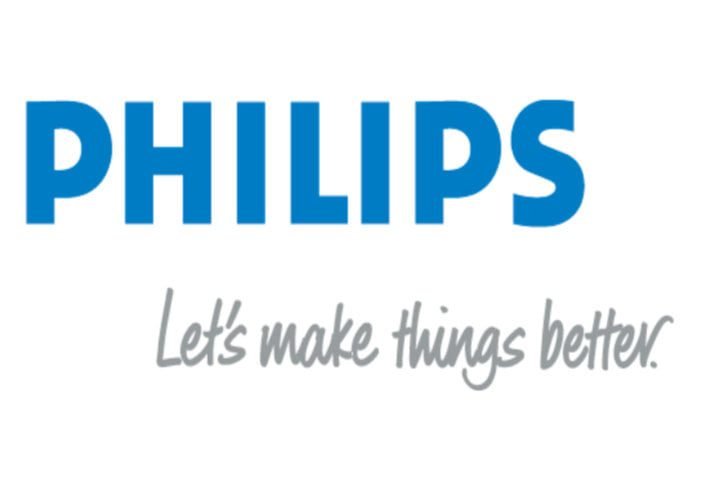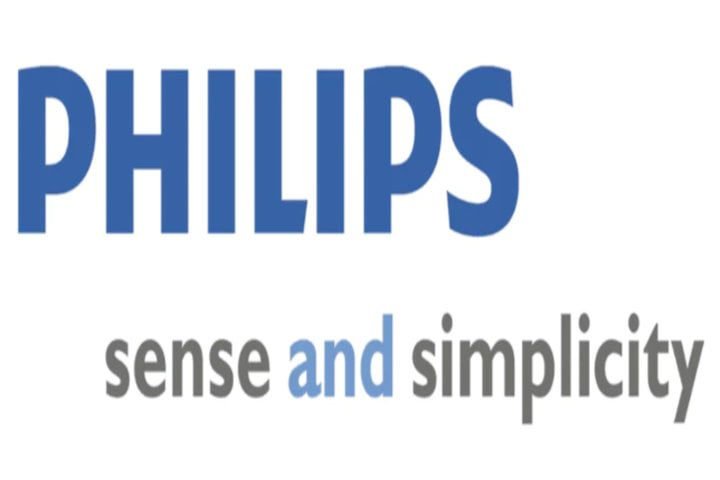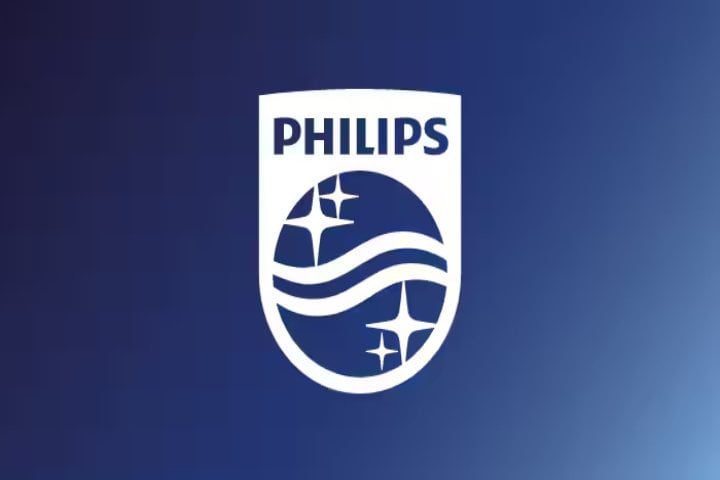Philips: Reputation Management
Philips, a global leader in healthcare, lighting, and consumer lifestyle products, has long been at the forefront of innovation and sustainability. Philips, an international electronics corporation, founded in 1891 in Netherlands, started off as a manufacturer of light bulbs and electrical equipment. Philips India Limited is a subsidiary of Royal Philips of the Netherlands, a leading health technology company.
The company has been known as a forerunner of technological innovation and is credited with several inventions like audio-cassette, the CD and the DVD. Their business model is to develop cutting-edge technology that improves people’s lives while minimizing environmental impact.
This case study explores Philips’ strategic approach to corporate communication and reputation management, focusing on how the company has navigated challenges and capitalized on opportunities to strengthen its brand and stakeholder trust.
Restructuring Exercise in Philips
In the 1990s, the company’s financial health deteriorated, because it was operating in too many industries and markets, and lagging behind its competitors in terms of marketing its products.
Through the 1990s, Philips initiated several restructuring exercises to reclaim its lost territory.
In 1992, a restructuring exercise called “Operation Centurion” involved reducing the workforce, effecting a change in the company’s culture, and streamlining internal processes so that the time of bringing products to market could be reduced.
In 1996, another intensive restructuring exercise included further job cuts, outsourcing component manufacturing, and selling off unprofitable as well as non-core businesses, including the computer, defence electronics and semi-conductor businesses. In addition, the responsibilities and activities became heavily decentralized, with each business unit having to work on its own to become profitable.
In 2001, Gerard Kleisterlee took over as CEO, and introduced a more cooperative approach through a programme termed ‘Towards One Philips’.
‘Towards One Philips’ aimed to move away from promoting each division as a separate entity and rather focused on divisions working together across the company and streamlining their operations, while cutting costs and to becoming more focused on its customers and other stakeholders.
In 2003, Kleisterlee also redefined the company’s business domains and product portfolio as restricted to healthcare, lifestyle and enabling technologies.
The company now includes three major divisions: “lighting”, “healthcare and medical systems”, and “consumer electronics”, including domestic appliances and personal care, with more focused business units within each division.
Brand Positioning and Communication

In 1995, Philips launched the ‘Let’s make things better’ campaign, reflecting the rich heritage of the company. The objective of the campaign was to project Philips as a company that delivers technology to improve people’s lives and also improve the world.
‘Let’s make things better’ campaign though successfully profiled the company as a single brand, but failed to convey the design excellence and technical superiority of Philips’ products.

In 2004, the ‘Sense and simplicity’ campaign was launched. In line with this positioning, the company launched high-tech products that meet customers’ needs but have simple designs and easy-to-use interfaces. In this way, the brand positioning was both a brand promise to customers as well as a potential differentiator from competitors.

‘Innovation & You’ is Philips’ new slogan and it should signal the start of a new goal, namely the doubling of its reach by 2025.
Corporate Communication Strategy
The corporate communication strategy of Philips aim to change public perception of the company from a traditional consumer electronics group to a diversified healthcare and Lifestyle Company.
The messages was designed in a way, so that it can relate to its care and support for people inside and outside the business, the company’s leadership in innovation, the company’s vision, leadership and strategy, its track record in social and environmental responsibilities, and the company’s ability to communicate effectively and engage with different stakeholder groups. Philips has termed this approach as ‘themed messaging’.
The themed messaging approach and the continuous measurement of Philips corporate reputation attributed to the company’s reputation with different stakeholder groups.
Corporate communication is organized as separate from marketing and is directed from the headquarters of the company in Amsterdam by Jules Prast, Global Director of Corporate Communication.
Seven drivers of the company’s reputation improvement has been identified:
- Leadership in innovation
- Performance management
- Care for employees
- Quality products and services
- Leadership in sustainability
- Market orientation
- Strong communication
Philips has created a combination of a centralized ‘global’ corporate communication department at the corporate centre and decentralized ‘local’ communication departments, teams and professionals in business units around the world.
The themed messaging approach is one way in which the company tries to ensure consistency in its corporate communication across the organization.
Besides themed messaging, Philips has also introduced “process survey tools” which document and standardize work processes within the organization and allow professionals to improve their performance.
Similarly, central processes in corporate communication, such as media relations, employee communication, editorial calendar management, crisis communication and speeches management, have also been documented and standardized.
These tools specifies a clear set of procedures and actions to professionals. For example, in media relations, the process survey tool tells a professional who else should be contacted in relation to a media inquiry and how to draft a press release.
These process survey tools have helped in making corporate communication processes more visible and consistent across the company and have strengthened the accountability of corporate communication in improving its performance and in delivering results.
Should Communication be Centralized or Decentralized?
In structuring the communication activity of an organization, the first major decision to be taken is whether it should be centralized or, decentralized?
The centralized model provides an easier way for companies to achieve consistency and control over all communication activities.
The decentralized model provides individual business units more flexibility in adapting the function to their own needs.
The answer to the centralization/decentralization debate often depends on a company’s size, the geographic dispersion of its offices, and the diversity of its product and services.
For example Johnson & Johnson, has over 100,000 employees in 190 operating entities and 35 business in 50 different countries. Complete centralization of information is difficult if not impossible, therefore company uses both small firms as well large global agencies to support its business.




